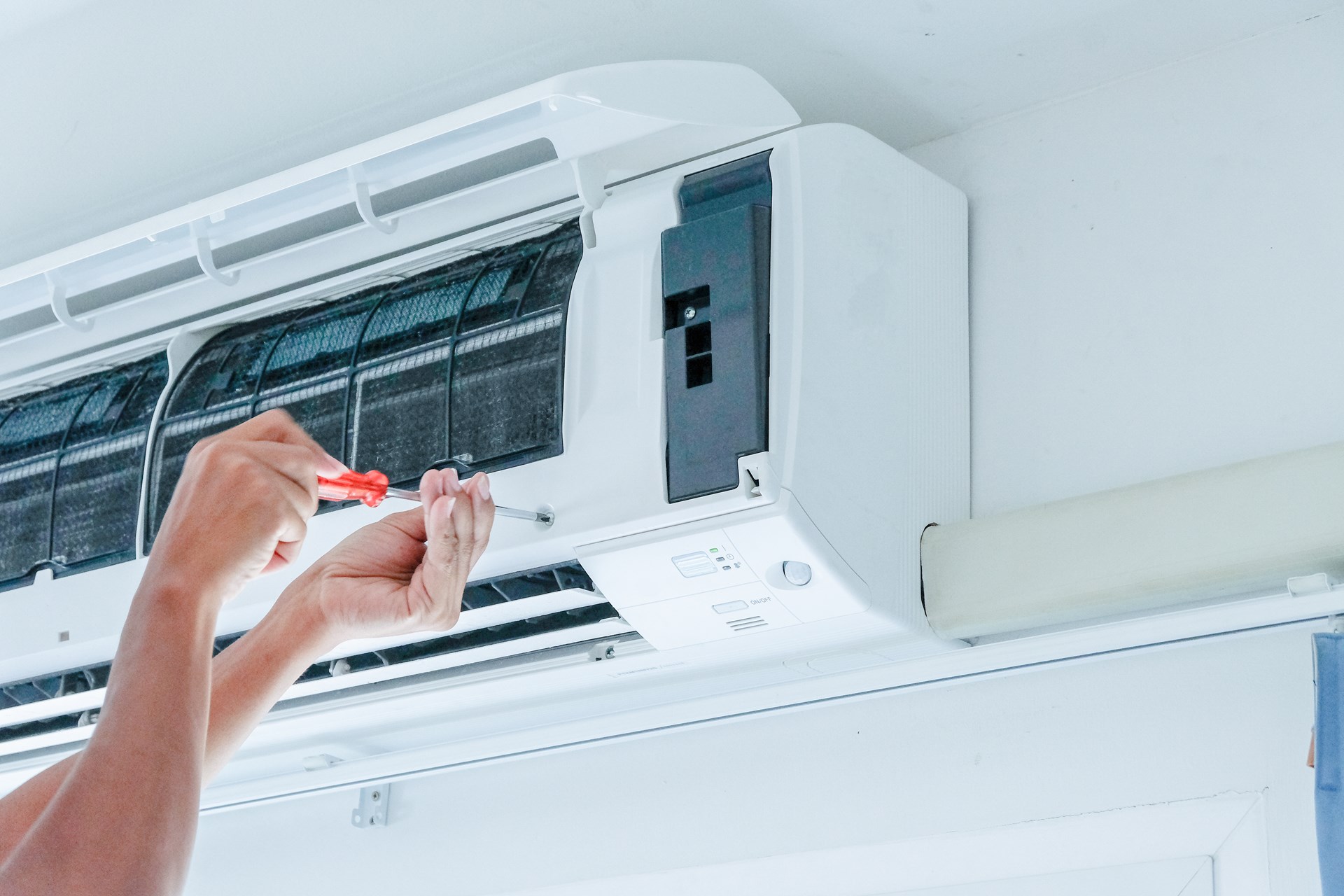How extreme heat affects workplaces—and what employers can do to adapt
Read time:

Read time:

Summer 2025 has been anything but typical. The UK has already endured three official heatwaves, an exceptional spring, now recorded as the warmest and sunniest on record, and a June that became England’s hottest ever. These prolonged heat events have prompted drought declarations, strained infrastructure, and raised concerns about workplace safety and resilience.
As climate change continues to drive more frequent and intense heatwaves, the risks to employee health, productivity, and business continuity are growing. Employers must now consider heat as a critical workplace hazard—and take proactive steps to adapt.
For employers, this means adapting not only to protect staff wellbeing but also to meet evolving standards of good employment. Some of the potential risks include:


To protect your workforce, employers should consider the following actions:
Monitor weather conditions proactively using:
Set up automated alerts to trigger your heat response protocols 24-48 hours before extreme weather hits.
Conduct a heat risk assessment and explore adaptations to your workplace settings and ways of working. Evaluate your workplace systematically across the following areas:
Once you have completed the assessment, breakdown your implementation plan into:
Air conditioning is a medium to high cost solution and should only be used in extreme cases as the use of AC adds to the climate emergency and also (importantly for local issues) increases the local external temperatures, as AC units expel hot air from inside to the outside of the building.
Low cost and highly effective solutions include:
Manufacturing and warehousing: Focus on industrial cooling solutions, modified shift patterns, and enhanced hydration programs.
Retail and hospitality: Prioritise customer-facing area cooling, flexible uniforms, and staff rotation in hot areas.
Construction and outdoor work: Implement mandatory rest periods, provide cooling vests, and consider earlier / later shift working to avoid the hottest times of the day, and in extreme heat - weather-based work suspensions.
Offices: Upgrade HVAC systems, optimise workspace layouts, look at window films, blinds or external shading and maximize flexible working options.
Climate projections suggest UK summers will become increasingly hot, with 40°C+ temperatures potentially becoming regular occurrences by the 2040s. Forward-thinking businesses are already investing in:
Operational planning:
Financial preparedness:
Find out more about Met Office weather warnings: Weather warnings guide - Met Office
Read our guidance on flooding risks in the workplace: The UK’s growing flood risk problem
Identify signs of heat exhaustion and heatstroke: Heat exhaustion and heatstroke - NHS
Climate resilience should be part of any effective sustainable business plan. Our team of experts help businesses reduce their carbon footprints, cut costs, and improve resilience in a changing climate. Find out more about our decarbonisation services at the links above.


Share